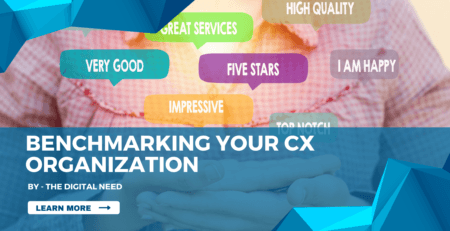Comprehensive CRM for Sales Objective
thedigitalneed2022-07-25T05:42:52+00:00CRM, also known as Customer Relationship Management plays an important role in increment of your business sales.
Although CRM is defined as the process of maintaining good relationships with your clients, there are still various factors that are essential to keep in mind. If you want to get the most out of Customer Relationship Management, you must first define your CRM objectives and goals clearly.
A good customer relationship management can provide various benefits to both your company and your customers.
Introduction to CRM
CRM (customer relationship management) is a collection of methods, strategies, and technology that businesses employ to manage and analyse customer interactions, data, and interactions with other clients over their entire customer lifecycle.
The goal is to strengthen customer service connections while also assisting in customer retention and driving sales growth, among other things.
What does a CRM system do?
CRM systems collect customer information from a variety of channels, or points of contact, between the customer and the company.
These channels and points of contact include the company’s website, telephone, live chat, direct mail, marketing materials, and social media platforms, among other things.
CRM systems also provide precise information to customer-facing staff employees about their clients’ personal information, purchase history, purchasing preferences, and other concerns.
How CRM helps in increasing of sales
The usage of customer relationship management (CRM) systems can help organisations ranging from small businesses to huge corporations in increasing their sales in the following ways:
● Through customer satisfaction
Customers who are pleased with their purchases are more likely to return, and they also provide positive word-of-mouth advertising, which can be extremely lucrative.
Making customer pleasure the primary goal of your CRM strategy is the most effective method to increase your sales. This can be accomplished by encouraging higher customer participation through the use of social networking sites and different mobile platforms.
Consider integrating surveys or developing an interactive blog to get feedback. By actively requesting feedback from your clients, you will be able to discover which actions and activities will result in them being more satisfied with the services or products that they have purchased.
● Expansion of Customer Base
It is crucial to realise that customer relationship management (CRM) is not limited to managing existing clients. A customer relationship management system (CRM) that is integrated with a high-quality knowledge management platform will allow you to keep in touch with prospects who you have not yet gotten in touch with.
It will also enable you to uncover commonalities and links among the clients that you already have, allowing you to fine-tune and strengthen your future outreach efforts. Even in a seasonal sector, a broader client base will allow for more consistency in profit margins over time.
Challenges faced by businesses
Without adequate administration, a customer relationship management system (CRM) can be reduced to little more than a glorified database where client information is maintained. Data sets must be linked together, disseminated, and arranged in a way that allows users to quickly find the information they want.
If a company’s data sets are not integrated and structured in a single dashboard or interface, it may have difficulty achieving a single view of the customer.
Problems might also develop when systems include duplicate client data or information that is out of current or inaccurate. Customers’ perceptions of service quality may be negatively impacted as a result of excessive wait times on phone calls, incorrect handling of technical support cases, and other concerns.
Customer relationship management systems (CRM) perform best when organizations invest time cleaning up their current customer data to reduce duplicate and incomplete records before supplementing CRM data with other sources of information.












Leave a Reply